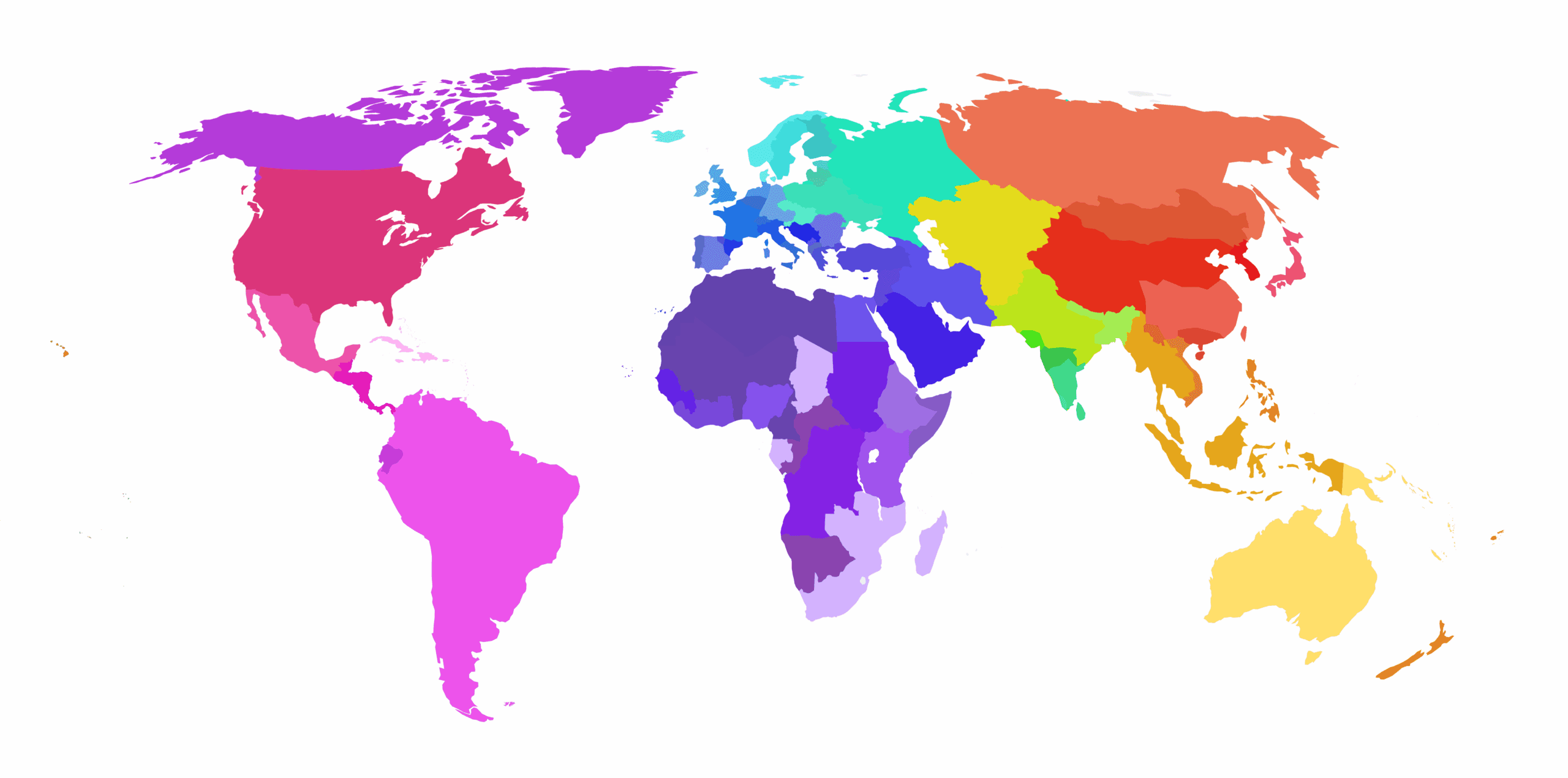
About 4,600 years ago, in northern Germany, a small village buried 13 of its residents.
Violent Death
The deceased ranged in age from less than a year to nearly 60 years old and were buried in pairs or small groups. And virtually all of them had suffered violent, probably painful deaths.
Because the majority of the deceased were women or children, the archaeologists who discovered their remains have argued that these victims were likely the unfortunate casualties of a violent raid by a neighboring village – a common occurrence during this period.
Research on the skeletal remains of the deceased, as well as the grave goods with which they were buried, have revealed much about the lifestyle and culture of these early Europeans.
Using Genetics to Find Relationships
But many questions — especially about the relationships between the buried individuals themselves — were left unanswered. So, a team of scientists from Germany and the United Kingdom decided to use the DNA preserved in these skeletal remains to discover what relationships — if any — existed between these 13 individuals. The results of this study are reported in this week’s Proceedings of the National Academy of Sciences.
Specifically, the scientists were interested in whether the individuals buried closest to each other were also close relatives. The 13 victims were found in four separate graves.
Each contained at least one adult, along with anywhere from one to three children. As a result, some scientists have speculated that each grave might represent a separate family killed in the attack. D
NA analysis, they argue, would allow them to fill the gaps surrounding the identities of the deceased.
Scientists extracted DNA from the teeth of all 13 individuals. They focused on the mitochondrial DNA (mtDNA), which is passed down from mother to child, the Y-chromosome, which is passed down from father to son, and small segments of the remaining chromosomes, which are passed down from both parents to their children.
A Family That Died Together
Even though ancient DNA is notoriously difficult to work with, the authors were able to extract usable DNA from nine of the 13 individuals.
The results from one of the four burials, Grave 99, were especially intriguing. The grave contained the remains of an adult male, an adult female, and two male children. DNA analysis revealed that the adult female had the same mtDNA type as the two male children (K1b). Analysis also revealed that the adult male had the same Y-chromosome DNA type as the two male children (R1a).
Due to the ways that mtDNA and Y-chromosome DNA are passed from one generation to the next, these results suggest that the two adults in Grave 99 were husband and wife, and that the two male children were their offspring. Indeed, the authors had originally hypothesized some sort of connection between these four individuals, because while the two adults adhere to normal burial patterns for the time period (lying toe-to-toe facing south), the two children face north, toward their parents.
The notion of these four individuals being buried together, as a family, raises many questions on the origins of the nuclear family in ancient times. Even the authors admit that “our image of past family life and structure is still dominated by 19th century ideals, and reconstruction of prehistoric families even now adhere to these orthodox schemes.”
Indeed, there has been little evidence to precisely date the origins of the nuclear family, and this example hardly closes the book on how and when such a social unit developed. However, it does show that using ancient DNA can be quite useful in determining ancient biological relationships. Indeed, the results from Grave 99 reveal how important the nuclear family must have been to these villagers; that they chose to bury these four victims not as individuals but as a social unit, huddled together in a single grave.




